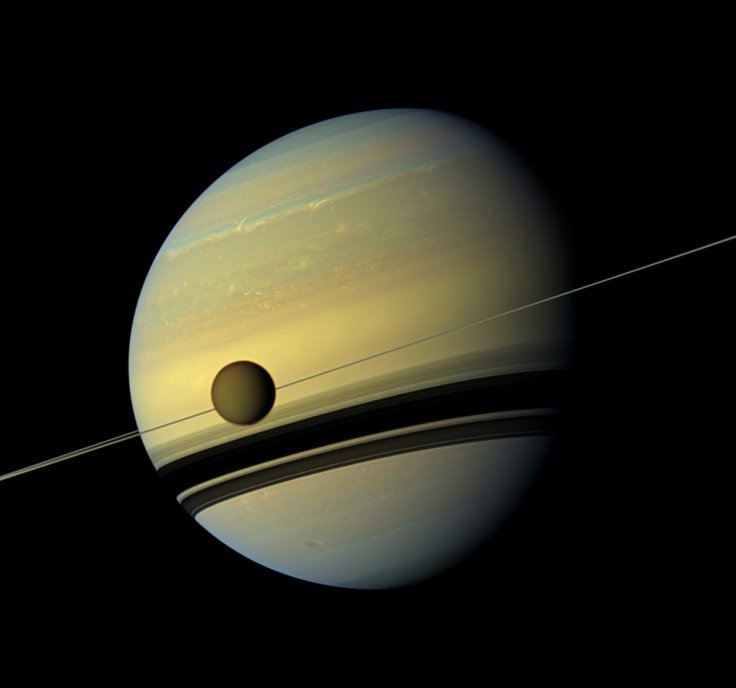
After analyzing data obtained from NASA's Cassini spacecraft, a team of researchers under the leadership of Sebastien Rodriguez, an astronomer at the Université Paris Diderot, France has spotted dust storms on Saturn's moon Titan. This is for the first time that researchers are spotting dust storms on Titan, and with this new discovery, Titan has now become the third body in the solar system where dust storms are observed; the other two being Earth and Mars.
Scientists discovered dust storms in the equatorial region of Titan after studying the data send by NASA's Cassini spacecraft that explored Saturn and its moon from 2004 to 2017. The research report published in the journal Nature Geoscience argues that studying more about these dust storms will help scientists to get a clear picture of Titan's magnificent atmosphere.
"Titan is a very active moon. We already know that about its geology and exotic hydrocarbon cycle. Now we can add another analogy with Earth and Mars: the active dust cycle, in which organic dust can be raised from large dune fields around Titan's equator," said Sebastian Rodriguez.
As per researchers who took part in the study, the giant dust storm consists of various organic compounds, and once they become large enough, they eventually fall on Titan's surface.
Space experts consider Titan as a possible candidate which may be hosting alien life, as it has several striking similarities with earth. It should be also noted that Titan is the only moon in the solar system with a substantial atmosphere. This moon of Saturn is also the only space body apart from the earth to hold stable bodies of surface liquid.
However, on earth, rivers and seas are filled with water, while on Titan, things are different, and on its liquid reservoirs, methane and ethane are flowing. On Titan, these hydrocarbon molecules start evaporating, and finally, it will rain down as methane and ethane rain.
There is also a perfect climate cycle in Titan. As Titan holds many similarities with earth, researchers believe that extraterrestrial life may already have been thriving on Saturn's moon, at least in the microbial stage.









